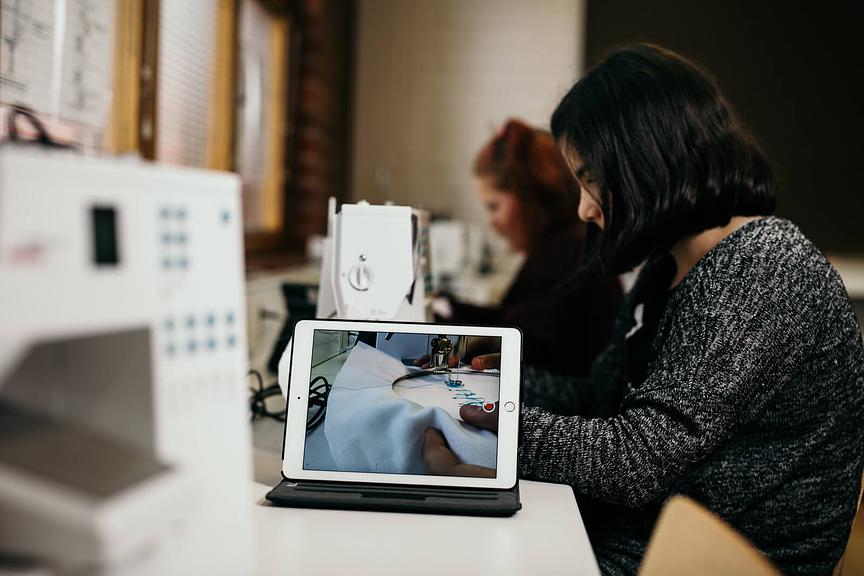In these fractured and hectic times, being able to see the bigger picture, concentrate and carry out a long-term project from start to finish are skills that will be needed more and more. Carrying out and completely a creative project also builds critical thinking skills, evaluation skills and fine motor skills.
In Finnish schools crafts is a subject in which students interact with different making materials, they design products and are able to creatively express themselves. The activities include planning, producing, and assessing a product; and they can either work independently or in a group.
With crafts, a student can develop their spatial perception, motor skills, and planning skills in a creative way. Doing crafts is always experimental and gives students opportunities to make decisions such as which materials to use, how to implement the project, the visual design of the product, and the production process.
The crafts process teaches kids how to work long-term, plan and carry out projects phase by phase, as well as reflect on their learning and recognize areas of development. In addition to skills and understanding, crafts give students pleasurable experiences. These are all key parts of the Finnish Curriculum.
INTO focuses on a comprehensive crafts process, in which learning diaries have a central role in answering the challenges presented by the current fractured times and developing an evaluation model, which supports learning. Key points are:
- Guiding the student to understand and handle an entire work process and document it.
- Guiding a student to use digital tools to plan and produce a craft-based project/product, and document the process.
- Guiding the student to assess, appreciate, and review their own and other’s entire process of a finished craft product in interaction with others.

In INTO learning diary projects, a student will plan, recognise, verbalize, and document the work process of a craft project as well as the associated learning phases in their digital learning diary. They will be guided to set goals for their learning and observe and evaluate their learning. This innovation presents step-by-step instructions for guiding a student through this process.


.jpeg)
